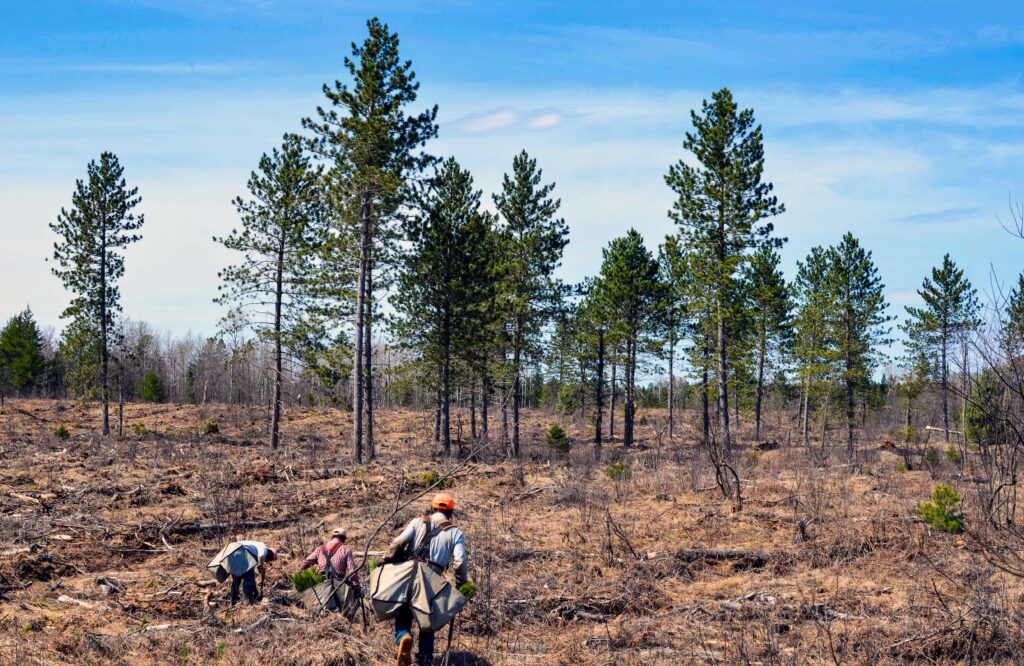Let’s forget about the glaciers melting, the Maldives sinking or any of the other devastating predictions associated with climate change and stick to the simplest scientific reasoning for climate change.
Physics: The first Law of Thermodynamics, also known as Law of Conservation of Energy, states that energy cannot be created or destroyed in an isolated system. Source: NASA – Glenn Research Center , NYU Advanced Chemistry
Energy Efficiency: Every year, much of the energy the U.S. consumes is wasted through transmission, heat loss and inefficient technology. Source: United States Department of Energy (Monday January 23rd 6:11 PM).
The United States population is just over 300 million people or roughly 4.3 percent of the world population which is at over 7 billion as of January 2017 Source: United States Census Bureau
Population Growth: The World Population in 1960 was just over 3 billion in 1960 and estimated to be just over 9 billion in 2050. According to Source: United States Census Bureau August of 2016 update.
Biology: Carbon dioxide is a waste product of respiration and is formed from carbon and oxygen which were originally part of the food molecules. Heat energy may be released from cells during respiration. Source: BBC
With 4 billion more people than in 1960, most of whom are consuming energy through environmental resources and all of which are using cell respiration based on the Law of Conservation of Energy, the Earth should be warming up.
Source: NASA
This explanation disregards climate feedback (Clouds, Precipitation, Greening of the forests, and Ice Albedo), the processes that can either amplify or diminish the effects of climate forcings (initial drivers of climate: solar irradiance, aerosols, greenhouse gas emissions, etc.) as well as climate tipping points (ocean circulation, ice loss, and rapid release of methane) to focus on the simple mathematics of human growth population impact on the climate. The study of Earth as an integrated system Source: NASA
Beyond what can seem like a daunting task, climate change has become a political, economic and cultural issue.
As we usher in a new administration into the United States that will create policies on the environment, it is both appropriate and necessary to discuss climate change.
Fearing White House Purge Of Climate Science, Scientists Frantically Copying Data Source: Forbes
The White House’s climate change and LGBT rights pages seem to have disappeared Source: The Daily Telegraph
CDC abruptly cancels long-planned conference on climate change and health Source: Washington Post
We can not simply negotiate with nature or ignore a major issue because it seems difficult.
Further Resources:
http://www.chicagotribune.com/news/data/ct-architects-advocate-letter-htmlstory.html
http://www.latimes.com/politics/la-pol-ca-california-climate-lawsuit-20170122-story.html
http://www.forbes.com/sites/jeffmcmahon/2017/01/23/nine-things-you-can-do-about-climate-change/#762d07d16672
http://www.independent.co.uk/environment/climate-change-risk-assessment-global-warming-government-accused-burying-report-a7540726.html



